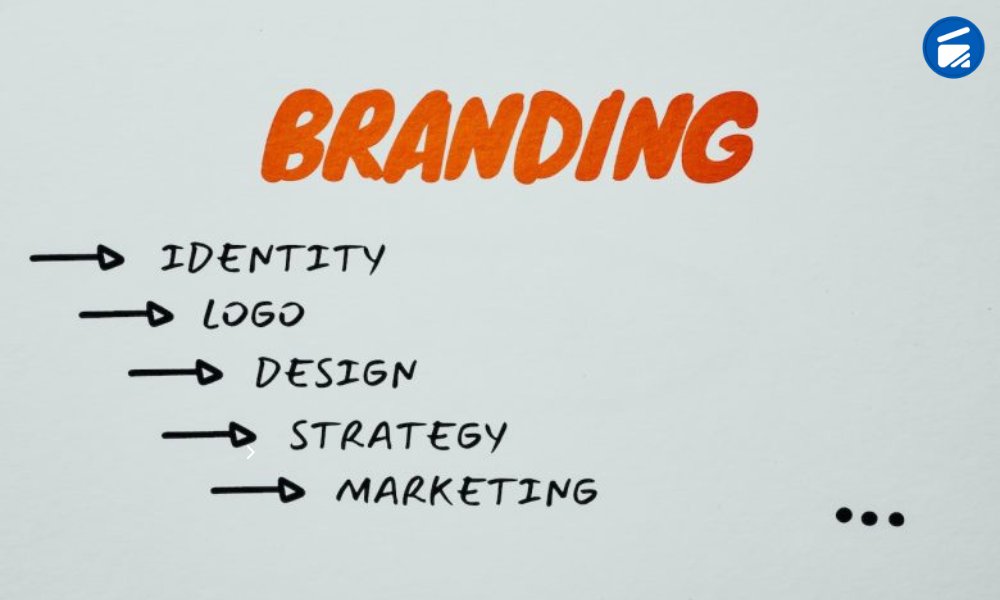Important Factors That Make Your Brand Identity Unique
Your brand is what makes you memorable to customers and differentiates you from competitors. It’s also an essential part of building trust with potential clients.

Your brand is what makes you memorable to customers and differentiates you from competitors. It’s also an essential part of building trust with potential clients, so it’s crucial for attracting new business and maintaining current relationships with your customers.
You should also consider other elements such as colour palettes and fonts and a logo design agency if you want people to remember who you are! Here are some tips on how to create a memorable brand:
Designing an Effective Logo for Your Brand
Having a logo that is simple, memorable and easy to read instantly makes your brand look more professional. It also helps if the logo can be easily reproduced in different formats (print and web), which makes it versatile. A good logo should also be able to animate well and have enough space for that animation, as well as any copy you might want to add on top of it later.
A lot of logos are made up of illustrations or abstract shapes that can sometimes get lost in translation when they’re applied to other mediums like posters or business cards. You want people who see your design on one item to know exactly where those colours came from so they don’t feel like they missed something because there was no logo on their hat!
A Unique and Catchy Name for Your Business
Choosing a name for your business is one of the most important decisions you will make. A name should be:
- Easy to say and spell, so people can remember it
- Short enough that it’s not too long-wind, but long enough that it sounds professional
- Not too similar to another company’s name
If you’re running an online shop, then you have some additional considerations. The domain name (the part of the web address after http://www., for example) must be available and preferably short and easy to type (or say). If someone searches for “dog collar”, but your website comes up instantly when they type “dogcollar”, chances are they’ll find what they’re looking for!
The Story Behind Your Business
- A strong brand identity and story can help you stand out in a crowded marketplace.
- A great story will connect with your customers on a personal level, which often leads to greater loyalty and sales.
- If you’re able to create an inspiring community around your brand, it will increase customer retention even further!
The Most Compelling Tagline for Your Company
There are a bunch of different types of taglines, but what they all have in common is that they set your company apart from others and help you differentiate yourself with a simple, clear statement.
The Best Fonts and Color Palettes for Your Brand
Fonts and colours are two of the most important elements of your brand identity. When you choose fonts and colours, it’s essential to consider how each will affect your audience’s perception of your company. Fonts convey information about your company’s personality and voice, while colours convey information about how you want to be perceived by potential customers.
The best fonts for a business will depend on the industry, but generally speaking, there are only two types of fonts that work well with most businesses: serif (for example, Times New Roman) or sans-serif (for example, Helvetica). Serif fonts evoke feelings of tradition and sophistication; they’re better suite for large companies like banks or law firms that want to project an image of trustworthiness. Sans-serif fonts are more modern; they’re often use by smaller startups because they feel less formal than serif typefaces do.
Colours can be divide into primary colours (red, green, blue), secondary colours (orange, purple, yellow) and tertiary colours (yellow-orange red-purple blue-green). Some people believe these three colour groups have different meanings: red is aggressive/passionate; blue is peaceful/stable; green is environmentalist/naturalist; orange is energetic/energetic; purple conveys luxury as well as a mystery; yellow traditionally signals happiness or cheeriness but in recent years has been associated with optimism so some marketers prefer using this hue when advertising their products online rather than via print media where certain audiences might interpret it negatively due to its association with cowardice during wartime conflicts between nations across continents during centuries past – today however those same consumers may find themselves drawn towards anything related directly back towards nature itself.
You can’t get away from your brand identity; it’s a part of you and expresses your company’s values, goals, vision and personality. Your brand identity is the most important part of your business. It’s what makes people want to work with you. And for companies trying to break into new markets or expand their existing ones, having a strong brand identity is critical.
The bottom line: Your brand identity should be unique so that people know exactly what they’re getting when they hire you or buy from you. It also needs to fit with your industry and target audience as well as complement the rest of your marketing efforts—which means avoiding vague concepts like “trust” or “quality.”
Conclusion:
Brand identity is a complex thing, but it doesn’t have to be complicate. It’s more than just the name of your business; it’s also about how your customers experience your brand awareness and interact with you as a company. To create an effective brand name identity for yourself, consider these four things: design (logo), name, story and tagline. You don’t need every detail figured out right away—just start brainstorming and tinkering around until something clicks!
What's Your Reaction?




















